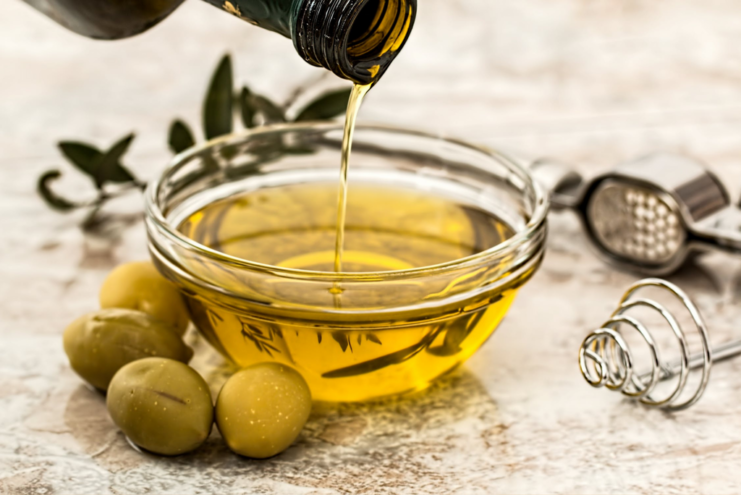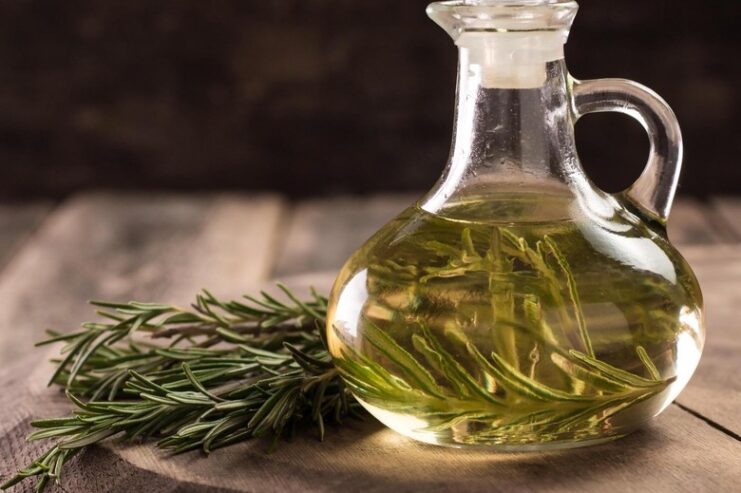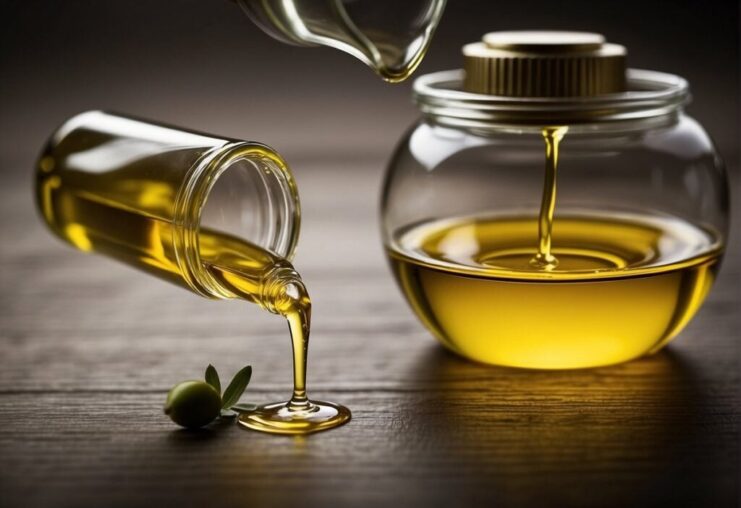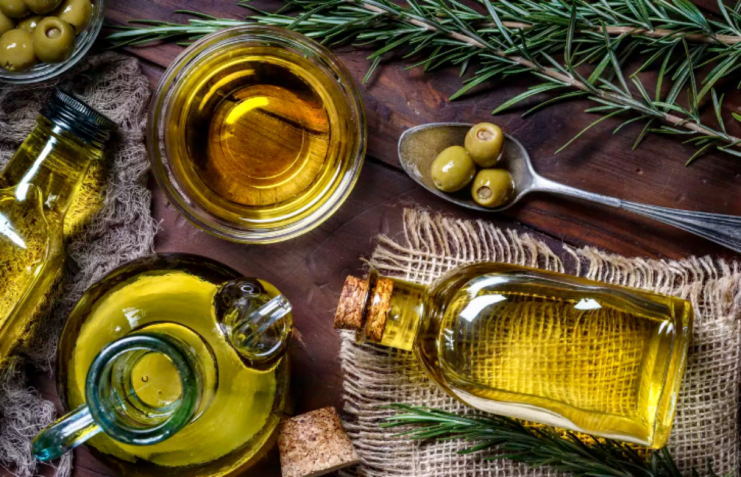Embarking on the journey of making olive oil at home is not just about producing a kitchen staple; it’s about connecting with a tradition that dates back thousands of years, to the very cradle of civilization. Olive oil is more than just a cooking ingredient; it’s a cultural symbol, a health elixir, and a testament to the simple elegance of Mediterranean cuisine. When you decide to make your own olive oil, you step into a world where food is more than sustenance; it’s an art, a science, and a labor of love. This article aims to guide you through this rewarding process, offering insights and tips from the initial selection of olives to the final joy of tasting your very own artisanal product.
Understanding Olives

The foundation of good olive oil lies in the quality and variety of the olives used. Olives, much like grapes in winemaking, come in an astonishing variety, each with its unique profile of flavors, aromas, and yields. The choice of olive variety is critical; some are prized for their eating quality, while others are celebrated for the exquisite oil they produce. Varieties such as Arbequina, Koroneiki, and Picual are renowned for their high content and distinctive flavors, ranging from fruity and mild to robust and peppery. Moreover, the ripeness of the olive at the time of harvest can dramatically influence the oil’s character. Green olives yield oils that are more pungent and peppery, while fully ripe black olives produce oil that’s milder and fruitier. Understanding these nuances is the first step in crafting olive oil that resonates with your culinary preferences and aspirations. Learn more at https://morocco-gold.com/.
Harvesting Olives
The act of harvesting olives is where the tactile experience of making olive begins. It’s a process that requires careful timing and consideration, as the stage of ripeness significantly impacts the oil’s flavor profile and antioxidant content. Harvesting too early or too late can lead to oil that’s either overly bitter or lacking in vibrancy. Handpicking olives is the most traditional and gentle method, allowing for selective harvesting that ensures only the best fruits are used. This method preserves the integrity of the olive, preventing bruising and damage that could lead to oxidation and spoilage. The connection between the harvester and the tree is intimate, as each olive is chosen with purpose and care, setting the stage for the quality of the oil to come.
Preparing for Extraction

Once harvested, the olives must be meticulously prepared for the extraction process. This preparation involves cleaning the olives to remove any debris, leaves, or twigs, which could impart undesirable flavors to the oil. The freshness of the olives is paramount; they should be processed as soon as possible after harvesting to prevent fermentation, which can degrade the oil’s quality. The olives, pits included, are then crushed into a paste, a crucial step that liberates the oil from the cells of the fruit. This can be achieved through various means, from traditional stone mills to more modern mechanical crushers. The goal is to create a homogenous paste that facilitates the release of the oil in the subsequent extraction phase.
Extracting the Oil
The heart of the olive oil-making process is the extraction of the liquid gold itself. This phase is about applying just the right amount of pressure to the olive paste to coax out the oil without compromising its integrity. Traditional methods often involve pressing the paste under mechanical pressure, a technique that has been refined over centuries to efficiently separate the oil. For the home producer, this might involve a manual press or a more improvised setup that can apply steady pressure. The artistry in this step lies in balancing efficiency with gentleness; too much heat or pressure can harm the oil’s delicate flavors and aromas, turning what could be a vibrant, nuanced product into something less inspiring.
Separating Oil from Water
After pressing, the olive paste yields a mixture of oil, water, and solid particles. The challenge now is to separate the oil from this mix, a task traditionally achieved through decantation or centrifugation. For the home producer, patience is key; allowing the mixture to rest so that the oil naturally rises to the top is a gentle method that preserves the oil’s character. This step is a test of the maker’s resolve, as it can be tempting to rush, but the quality of the final product depends on careful, gradual separation.
The Importance of Decanting

Decanting is not just a step in the process; it’s an opportunity to refine and polish the oil, enhancing its clarity and taste. This involves transferring the oil from one container to another, leaving behind any sediments that have settled at the bottom. This process might need to be repeated multiple times, each iteration bringing the oil closer to perfection. It’s a slow dance of patience and precision, where the maker’s touch can bring out the best in the oil, ensuring that it’s not just homemade but artisanal in the truest sense.
Proper Storage Methods
The final hurdle in preserving the fruit of your labor is proper storage. Olive oil is sensitive to light, heat, and air, each capable of degrading its quality and shortening its shelf life. Choosing the right container—be it a dark glass bottle, a stainless steel flask, or a ceramic jug—can make a significant difference. The oil should be stored in a cool, dark place, shielded from the elements that could diminish its flavors and health benefits. This careful stewardship ensures that the oil retains its essence, ready to enhance your cooking and delight your palate whenever you reach for it.
Conclusion
The process of making olive oil at home is a journey that transcends the simple act of pressing olives. It’s an exploration of tradition, a practice in patience, and an exercise in craftsmanship. Each step, from selecting the olives to sharing the finished oil, is imbued with the maker’s intentions and care. The result is not just a culinary product but a personal expression, a liquid testament to the beauty of homemade craft. While it demands effort, the rewards of flavor, health, and the joy of creation are immeasurable.
Related Posts:
- What is Litigation in Real Estate? Insider Tips for…
- How to Qualify for Leasing a Car: Insider Tips for a…
- DIY Tile Removal: How to Remove Floor Tiles from…
- DIY Plumbing: How to Install Shower Plumbing –…
- How to Extract CBD Oil from Hemp: 9 Tips for a…
- How to Make THC Vape Juice ─ Tips and Tricks for Beginners












